Samyang AF 85mm F1.4 FE Review
Dustin Abbott
April 26th, 2019
The Samyang AF 85mm F1.4 for Sony FE has been one of the lenses I’ve been most excited about in 2019 since Samyang told me it was coming. Why? On a personal note, because I’ve been wanting a good portrait lens for Sony. I’ve been adapting the Tamron SP 85mm F1.8 VC lens, which is a nice lens, but it’s not a native Sony lens and has a less dramatic maximum aperture. There are two very good F1.8 options for Sony in the Sony FE 85mm F1.8 and the Zeiss Batis 85mm F1.8, but when you look at F1.4 options, you essentially have the massive Sigma 85mm F1.4 ART in its E-mount modification and the excellent-but-expensive Sony 85mm F1.4 G-Master lens (at $1800 USD). The Samyang (also sold as the Rokinon AF 85mm F1.4 here in North America), builds on the impressive performance of the Samyang AF 35mm F1.4 that I tested last fall with a further evolution of features and image quality. It has an improved build quality that now includes weather sealing (and a much better manual focus ring), dual linear motor focus system, and very, very nice image quality. What’s more impressive yet, however, is that they’ve done this at a price point just $100 more than the Sony 85mm F1.8 option, or about 2 1/2 times less than the F1.4 GM lens. But does the Samyang AF85 hold up under scrutiny? Join me for a closer look at just that!
Follow Me @ Patreon | My Newsletter | Instagram | Facebook | Twitter | Flickr | 500px
Prefer to watch your reviews? My thorough video review will show you all the details of autofocus, image quality, video performance, and more!
Samyang AF85 Build and Handling
Check out my first look video that breaks down the design, specs, build, and handling of the lens in detail here:
I am really pleased to see a growing maturation in Samyang’s lens design. The first Samyang/Rokinon lens (Rokinon is the brand that Samyang uses for North American distribution) that I reviewed was the 14mm F2.8 (original manual focus version). It had fairly good optical performance for its time and a great price, but it was fairly low grade construction and manual everything. This was essentially Samyang’s modus operandi for a long time: great optics, great price, and basic, consumer grade construction and handling. A few years back, however, Samyang started to pump out their premium lenses (XP), and the build grade went way up along with a shift from manual aperture rings to electromagnetic auto apertures. And then they started to dip their toes into incorporating autofocus into their lenses, though the first one of those lenses that I tested (the AF 50mm F1.4 for Sony) felt fairly primitive in that department.
I saw a lot of improvement when I reviewed the AF 35mm F1.4, which had a much-improved dual linear motor focus system that was faster, quieter, and more accurate. It wasn’t perfect, though, as the performance in AF-C mode was still a little “jittery”, unable to settle on a focus point and remain there without microadjusting unnecessarily. Samyang has demonstrated a commitment to continuing to refine the focus, however, with the lens now on firmware 3.0 (you need the Samyang Lens Station to install firmware upgrades along with other tweaks). I’ve seen positive improvement, and my primary contact at Samyang assures me that engineers are continuing to work at refining focus. That’s encouraging.
A secondary gripe about the AF 35mm F1.4 and 50mm F1.4 lenses was that the focus ring was somewhat imprecise. Essentially all autofocus lenses for mirrorless cameras employ a “focus-by-wire” focus system, which means that input on the focus ring actually routes through the focus motor rather than a true manual movement of the lens elements. Manual focus is really more of an “emulation” than a true mechanical coupling, but some lenses do it much better than others. I actually own the 35mm F1.4 now, and find that the feel of the focus ring is a little uneven and the “weight” is a little too light, making it sometimes difficult to fine-tune focus. Part of the maturity that I see in the AF85 is that the manual focus ring is vastly improved. The damping and “weight” is much better, as is the consistency of the focus ring, which results in a much better manual experience (if needed).
Another area of improvement is that Samyang has added weather sealing to the package with both a rear gasket and seal along with internal seals at two other points in the barrel (essentially before and after the manual focus ring). They designed the lens shell (made of aluminum alloy) to have three distinct spaces with very tight tolerances so that the seals help keep each “space” separate from others and thus resistant to moisture or dust. The coatings on the front element also help that sealing with resistance to moisture and oils.
This approach reminds me of the Zeiss Batis lenses, as I think Samyang has found a nice balance between quality materials, weather resistance, and keeping the overall weight of the lens down. The AF85 is shorter than the AF 35mm by about 15.5mm (it is 99.5mm or 3.9″ in length), but the AF85 appears larger due to having a much bigger diameter (it is 3.46″/88mm around compared to 3″/75.9mm). That half inch of diameter makes it appear the larger, beefier lens (it has a very squat profile that actually looks pretty great on the camera!), and that extra girth is reflected in the fact that the AF85 has a 77mm front filter thread compared to the 67mm on the AF 35mm and AF 50mm lenses. Despite appearing to be a substantial lens made of nice materials, the weight is really quite reasonable at 1.2lb (568g). The Sony G Master lens weighs in at a considerably heftier 820g, though it is only 8mm longer and 1.5mm wider. The moderate weight of the Samyang AF85 makes it a great balance on the Sony a7R3 body that I tested it on. The extreme player is the other F1.4 competitor, which is Sigma’s FE version of its 85mm F1.4 ART lens. That lens was already massive as a DSLR lens, and unfortunately it both grows and puts on weight in Sony FE version thanks to it essentially being a DSLR lens with an internal adapter attached. It weighs in at over 1130 grams, which is literally twice as much as the Samyang. It is also about 27mm longer and about 7mm wider in diameter. The size and weight borders on the impractical, so I’m much more favorably inclined towards the size and weight of this Samyang lens that was purposefully design for Sony.
The aesthetic of the AF85 is very nice. It has a sleek black anodized finish with few interruptions other than the manual focus ring and a few accent rings. One ring is Samyang’s “red ring” that imitates Canon’s L series lenses through arguably in a slightly more fashionable way (a point I made all the way back on their little APS-C mirrorless lenses).
On the other side of the ribbed manual focus ring is a silver/chrome ring that helps definite the manual focus ring in a nice way. It’s a clean, elegant look. The focus ring has a nicely ribbed texture, is nice and wide, and pretty much perfectly positioned to grab and focus.
The anodized metal finish is a sleek satin that isn’t entirely fingerprint resistant (Sigma’s recent 70-200mm F2.8 Sport takes the prize for that!) but isn’t bad. The front fascia is fairly basic without any kind of branding on it. You can use standard 77mm filters there, and it’s worth investing in something like a circular polarizer or ND filter to help limit light reaching the sensor and to allow you to use the lens at wide apertures in bright lighting conditions.
There are few discrete badges on the lens barrel that show lens designations. Being a mirrorless lens, there is no distance window or manual focus markings present. There is also no switches (you’ll have to access manual focus from the camera body) nor is there a manual aperture ring (aperture is controlled from the camera body).
There is a basic lens hood and lens pouch included. The lens hood is plastic and unremarkable, but it seems to do a pretty decent job.
I will note that Samyang has updated their front and rear caps for this lens. The branding is a little more definite and the quality slightly better. The whole package feels more cohesive than what I’ve seen before.
The aperture iris has 9 blades and is designed to maintain a circular shape when the lens is stopped down. By F2.8 you can faintly see a nonagonal shape, but the overall effect is still circular. The AF85 actually does a better-than-usual job of keeping fairly geometric shapes across the frame without getting particularly “cat-eyed” along the edges. Use F2 for a really even amount of circular shapes right off to the edge of the frame.
It’s worth noting that the lens properly communicates all EXIF information and properly identifies in post processing software. It also effectively communicates information to Sony camera bodies for “SteadyShot” (IBIS), which results in a nicely stabilized 85mm lens. It does receive some corrections in camera as well, which is also nice. Here’s a look at a JPEG from camera at F1.4; it looks pretty clean to me!
The maximum aperture is F1.4, and the minimum aperture is F16. The lens can focus down to 2.95″ (90cm), which results in a rather unexceptional 0.11x magnfication. This is the lower end of the range for 85mm lenses, but not by much. The Sigma ART is 0.118x (not quite 1 point better) and the GM lens is 0.12x. The Sony FE 85mm F1.8 does slightly better at 0.13x. The best option I’m aware of is the Tamron 85mm F1.8 VC, which comes in at 0.14x. The Samyang is the worst of these lenses, though not by much. This just isn’t a strength for the 85mm focal length for some reason. Here’s a look at what maximum magnification looks like:
All told, this is a very nice lens that checks most all the boxes. I wouldn’t mind having the AF/MF switch and the hybrid Auto/Manual aperture ring of the G-Master, but that feels like quibbling in a lens that does a lot of things very well in the build department.
Samyang AF85 Autofocus Performance
Samyang is still recently new to the autofocus aspect of lens design, and that has been largely their Achilles heel to this point. While I do continue to see maturation on this front, I feel that this is still the area that needs the most improvement. Samyang has begun to implement dual Linear Sonic Motors into their design, which results in dramatically quieter and more refined autofocus. There is little sound associated with AF-S performance, and if you want the fastest speed for stills, that is the way to go. There is a split second pause where momentum spools up and then focus happens very quickly (somewhat like “turbo lag” in some car’s acceleration). Overall focus speed in AF-S mode is actually pretty fast (though not quite as fast as the AF 35mm F1.4). This latter point isn’t surprising, per se, as 35mm lenses have less glass to move than 85mm lenses. I suspect that the AF85 could benefit from just a bit more torque, though it’s focus speed is about on par with many of the 85mm lenses that I’ve used. It’s been my experience that 85mm lenses with an F1.8 aperture often focus a split second faster than those with an F1.4 aperture, and I suspect that is true with this lens vs, say, the Sony FE 85mm F1.8 (I have not directly compared them, however).
In AF-C the lens seems tuned a bit more for smoothness of focus, and large focus changes are a little more deliberate (to be blunt: focus isn’t as fast in AF-C mode). Focus is still a little more jittery in AF-C, too, with tiny micropulses happening rather than focus locking on the subject and just following any minor movements of the subject. Often it is the lens creating the “movement”, however, with tiny microadjustments that you can tell do affect focus. The depth of field at wide apertures with an 85mm lens is very small, and it feels like the focus can’t quite decide where to settle. I find that moving from having all points active to a more selective focus group/point helps (a “flexiAF point” works better). I would love to see Samyang continue to refine this behavior, which I have confidence that they will do as they already released a firmware update since I’ve created this review that has improved some of these issues. Tamron issued a firmware update with the 28-75mm F2.8 RXD lens (which I own) that dramatically improved that lens in the same situation, and it is now among the best autofocusing lenses that I’ve used on a Sony platform. I’d love for Samyang to do the same with this lens through continued firmware updates.
I will note that I’ve used the AF85 for a few of my YouTube segments and it did a much better job than the AF 35mm in not pulsing in and out of focus, however. I just selected a zone, and when I was in that zone the autofocus was actually quite stable (basically flawless after the Firmware 3.0 update for the a7R3).
Another quirk that I’ve noticed (and that was initially shared by the Tamron 28-75mm) was that the focus system will often prioritize a distant object over a close one initially. I see this in my frequent visits into the woods in the situations that I want to focus on pine needles, a branch, or a leaf in the foreground, but the autofocus wants to stay on a further object. Here’s an example where it wouldn’t grab the foreground object (I went ahead and took the picture for you to see).
The best way around this seems to be selecting a “Flexi-AF” point with the touchscreen and putting it on the subject, and usually the lens will pick it up then and pull focus. My hope is that Samyang will be able to refine the focus algorithms and behavior via firmware like Tamron did, so be sure to nab that Lens Station! There has already been a version 2 firmware release for the lens that has helped to refine focus in AF-C mode, though it still has issues sometimes grabbing a foreground object.
What is definitely improved here is Eye AF, however. Samyang got a boost in that the release of the AF85 coincided with one of Sony’s biggest firmware updates ever (version 3.0 for third-gen a7 cameras), and this brought improved focus algorithms along with improved tracking in the form of Real-Time Eye AF and Real-Tracking. I noticed a definite improvement in focus performance after the update. The Samyang is actually great with Eye AF. I shot a number of portrait shots, and my keeper rate when utilizing Eye AF was fantastic…even at F1.4.
This is a great portrait lens, and Eye AF helps a lot in it realizing its potential. Sony’s new Real Time Eye AF helps too, mostly in terms of the ergonomics of using Eye AF. The G Master lens had the advantage here previously in that you could map Eye AF to the custom button on the lens itself, making it more ergonomically friendly. That’s less of an issue after the Real Time Eye AF firmware update to certain Sony cameras, as Eye AF is now real-time when you half-press the shutter button. My complaints about focus with other objects completely disappears when it is a person in the frame. I’ve had exceptionally good focus accuracy on human subjects.
Another aspect of improved focus after the camera firmware update is the inclusion of “Pet Eye AF”. This still doesn’t work as well as with human eyes (I got a few shots with the nose in focus instead), but it works fairly well.
While there are some quirks with focus at times (mostly found in getting it to focus where you want it to at times), I will note that my focus accuracy has been excellent. As previously noted, depth of field is very tiny with a lens like this, but if you use the focus system to its strengths, it delivers nicely repeatable focus results. One final observation is that the Samyang does not open the aperture iris to focus, so theoretically if you were shooting with a small aperture in low light, the lens will focus more slowly due to less light reaching the sensor. Now, to be fair, the circumstances where this will be the case will probably be rare, but it might not be a bad thing for Samyang to address through firmware (make the aperture iris open during focus).
Samyang AF 85mm F1.4 FE Image Quality
Ahh, now we get to the good stuff. Samyang has pulled off a very nice balance between sharpness and bokeh here. The challenge with portrait lenses is that if they are too sharp and contrasty, skin looks a bit “plasticky”. Without enough sharpness and contrast, however, one feels like they have to stop the lens down to get rid of haze or chromatic aberrations, which kind of defeats the purpose of buying a large aperture prime lens to begin with. The AF85 hits the sweet spot, though, with very nice wide open sharpness and downright wicked sharpness by F2.8. It doesn’t suffer from pronounced chromatic aberrations or hazy textures, and the overall rendering and bokeh is very nice. You can see the breakdown in this video here:
Let’s first take a look at some of the basic optical issues that my “brick wall test” typically reveals: namely distortion and vignette. You can see that there is a mild amount of pincushion distortion on display here along with a mild to moderate amount of vignette at F1.4:
The amount of distortion present is not enough to create any real issues, and can have the unintended benefit of making subjects look slightly slimmer in a portrait lens. This is not a meaningful issue. The vignette is also not significant for a portrait lens. I manually corrected it with a +33 value (low end of moderate) but with an 11 on the Midpoint scale (which means the shading, while mild, extends fairly far into the frame. The vignette seems quite linear in nature, so I actually haven’t found it objectionable in any kind of real world situation even without correction.
Vignette becomes very mild by F2 and essentially gone by F2.8. This is actually quite a good performance for a wide aperture 85mm lens. Lenses like the Zeiss Otus or Milvus 85mm lenses show very heavy vignette at wide apertures.
Center sharpness is very good at F1.4 with edge performance at good levels. Contrast is also good (though not exceptionally high – more on that in a moment).
There is plenty of sharpness and contrast there for portrait work even at F1.4. Depth of field at this focus distance (no more than about 4 feet) is incredibly small, so in this case the eyelashes but not the eyeball is in focus.
This is a nice balance between sharpness and contrast for a portrait lens. It enables skin to be rendered in a natural way that doesn’t look too “plasticky”. And, as we will see in a moment, it allows for excellent bokeh rendering.
There is a mild amount of longitudinal CA (LoCA) which has fairly minimal impact on real world shooting. This good control of CA (aided through the use of both ED and HR elements in the optical formula) aids the amount of wide open contrast.
Stopping down a bit eliminates the (LoCA) altogether (at least in a detectable way). You can see that there is also a boost in contrast that comes here at F2.8.
Sharpness rises to excellent levels in the center of the frame at F2 and the corners reach very good levels due to increased contrast, less vignette, and slightly more resolution.
By F2.8, the lens is extremely sharp across the frame. Shooting portraits at F2.8 will result in incredible detail:
Peak sharpness in the corners arrives at F5.6, and landscape type images are very detailed.
In bright snowy scenes I was able to detect a small amount of lateral CA along the edges of the frame, as you can see the in the crop portion of this example:
It is not strongly pronounced, and is easily corrected for (just click the “remove chromatic aberrations” button in many software programs), but it does exist…and maybe that’s a good thing.
Why?
My experience is that many lenses that have all aberrations corrected unfortunately lose something in the process. They are very sharp and have very high contrast, but their overall rendering and bokeh is often busier and less “magical”. People will sometimes use terms like “clinical” to describe such lenses; they lack character. I personally feel like Samyang has struck a nice balance with the AF85; it has plenty of sharpness and contrast, but also has “soul” as well. The rendering is beautiful, the bokeh is lovely, and images from the lens are very pleasing.
Take this available light portrait of this young lady, for example:
There is enough sharpness and contrast for the subject to have a nice “3-dimensional” pop but the background melts away beautifully.
Or take this shot of some dead leaves in the woods (in late winter there are few “pretty things” to take pictures of):
Despite the somewhat bland nature of the subject, the image has a lot of artistic merit.
Finally, moving indoors, you can the rest of the room fade away behind this wide open available light shot of our dog.
Here’s a little gallery of other “bokeh” shots to show off the excellent rendering from the AF85.
There is one other flaw to be discussed, one that is fairly common to wide aperture medium telephoto lenses: flare resistance. It is rare that prime lenses with huge amounts of glass are able to thoroughly resist the effects of bright light, and the Samyang AF85 is no exception. I recreated a test I had done during my 85mm “Shootout” on Canon starring the Sigma 85mm F1.4 ART, the Canon 85mm F1.4L IS, the Zeiss Otus 85mm F1.4, and the Tamron 85mm F1.8. This test utilizes a high powered tactical flashlight literally point right into the lens, which is a torture test that exceeds most any practical situation. What I found is that wide open, the AF85 behaves in a similar fashion to other lenses (the Otus is the best behaved in this test, which is unsurprising since it retails for $4000 USD!)
I tried to recreate the conditions of that test, and then used the one lens in the bunch I still have on hand (the Tamron) as a test. In the first round of tests (in 2017), Tamron was better than the Sigma and roughly equal with the Canon, so it establishes a “center of the pack” baseline. With that knowledge in mind, I attempted to recreate the test in the present and see how the Tamron and the Sigma compare. I had heard some feedback from photographers that the word was that the Samyang was unusually bad in this metric.
Is that true? First of all, here’s the wide open performance (F1.4 for the AF85, F1.8 for the Tamron):
Hmmm, a little complicated, isn’t it. It’s clear that the coating produce different results (more magenta on the Sigma, more green on the Samyang). The Tamron has some blobs of magenta and the Samyang has more of a generalized greenish halo. I don’t know that one is better or worse…they are just different.
Stopped down to F11, the results are similarly complicated. The Tamron produces more of a pattern with shafts of light, while the AF85 remains more localized though slightly more intense. It seems like the Samyang retains a bit more contrast across the image.
Remember that this is an extreme torture test, and the worst real world shot that I took looks more like this:
Not quite as extreme! The good news with telephoto glass is that it is fairly easy to avoid pointing them into direct sun because of the more narrow angle of view. Furthermore, if you position it properly, these aberrations can be used to artistic effect. I would summarize this performance as being fairly typical but certain not impressive.
All in all, there is a lot to commend the Samyang AF85 for optically and relatively little to criticize it for. I’m definitely a fan of what I see here. If you would like to see more images from the lens, check out the image gallery here.
Conclusion
The release of the Samyang AF 85mm F1.4 for Sony FE is pleasant surprise for Sony shooters. There are a number of people who have become fans of the AF 35mm F1.4 due to it providing competitive performance with the Sony Zeiss 35mm F1.4 at a fraction of the price, and the same will be true with the AF85 vs the Sony 85mm F1.4 G Master lens. Many photographers cannot afford the lofty price tag of that lens, and others don’t want to content with the large size of the Sigma 85mm F1.4 ART (not to mention that it’s price is still nearly double that of the Samyang). The Samyang AF85 finds a nice balance between the two with a quality build (yet reasonable weight), good (though not yet perfect) autofocus performance, and image quality that is, essentially, near perfect for portrait work.
I would like to see Samyang continue to refine the autofocus through firmware update (and I believe they will), but for the primary task of shooting portraits, this lens already does great. Eye AF works very well, and, while I don’t believe the autofocus to be fast enough for sports action, it is fast and quiet enough for event work, portraiture, and the kinds of general purpose shooting it was designed for. All in all, I think the AF85 does what it needs to, and I look forward to shooting with it more in the future. Sony shooters now have a reasonable F1.4 alternative to the excellent Sony FE 85mm F1.8 lens!Pros:
- Beautiful build with moderate weight
- Weather sealing improves flexibility
- Dual linear motors makes focus smooth, quiet, and fast enough in most situations
- Excellent center sharpness and good edge sharpness at wide apertures
- Very sharp and high contrast across the frame when stopped down
- Aberrations exist but in small, non-destructive amounts
- Beautiful bokeh and rendering
- Eye AF works fantastic
- Vastly improved manual focus ring and focus action
- Great price to performance ratio
Cons:
- Autofocus can refuse to focus on close objects initially
- Large focus changes a little slow in AF-C
- Somewhat flare prone
Purchase the Samyang AF 85mm F1.4 @ B&H Photo | Amazon | Amazon Canada | Amazon UK | Amazon Germany | Ebay
Purchase the Samyang Lens Station @ B&H Photo | Amazon | Amazon Canada | Amazon UK | Amazon Germany | Ebay
Sony a7R III Camera: B&H Photo | Amazon | Amazon.ca | Amazon UK | Ebay
Peak Design Slide Lite: Peak Design Store | B&H Photo | Amazon | Amazon Canada | Amazon UK
Sony a6500: B&H Photo | Amazon | Amazon.ca | Amazon UK | Ebay
Peak Design Leash Strap: Peak Design Store | B&H Photo | Amazon | Amazon Canada | Amazon UK
BenQ SW271 4K Photo Editing Monitor – B&H Photo | Amazon | Amazon.ca | Amazon UK
Adobe Photoshop Creative Cloud 1-Year Subscription
Alien Skin Exposure X4 (Use Code “dustinabbott” to get 10% anything and everything)
Visit Dustin’s Amazon Storefront and see his favorite gear

Purchasing your gear through B&H and these links helps fund this website and keeps the articles coming. You can also make a donation here if you would like. Visit my Amazon page for some of my gear of choice! Thank you for your support.
Great News! I can now offer a 5% discount on all purchases at Amplis Foto, Canada’s Leading Photographic Supplier. Please enter discount code: AMPLIS52018DA in your cart. It is good for everything in your cart, and is stackable with other coupons, too! It will take 5% off your entire order! Proceeds go towards keeping this site going and providing you with new reviews!
Check me out on: My Patreon | Sign Up for My Newsletter | Instagram | Facebook | Twitter | Flickr | 500px | Google+ |
Use Code “DUSTINHDR” to get $10 off ($15 CDN) any Skylum product: Luminar, Aurora, or AirMagic
Keywords: Samyang AF, Samyang AF 85mm, Samyang AF 85mm F1.4, 85mm 1.4, AF 85mm 1.4, Samyang 85 1.4, Samyang AF 85mm F1.4 FE, Sony, Samyang AF 85mm Review, Samyang AF, 85, 85mm, 85mm 1.4, 85 1.4, Dustin Abbott, AF 85mm Review, Portrait, Linear Motors, Sony a7RIII, Sony a7III, Eye AF, Bokeh, Sharpness, Resolution, Rokinon, Rokinon 85mm, Rokinon AF 85mm, AF 85mm F1.4, AF 85mm 1.4, Video Test, Sample Images, Real World
DISCLAIMER: This article and description contains affiliate links, which means that if you click on one of the product links, I’ll receive a small commission. As an Amazon Associate I earn from qualifying purchases.












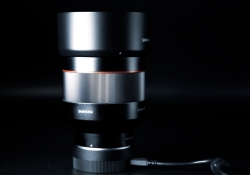
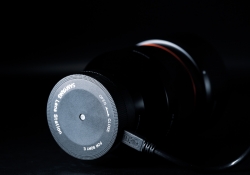
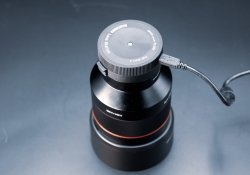
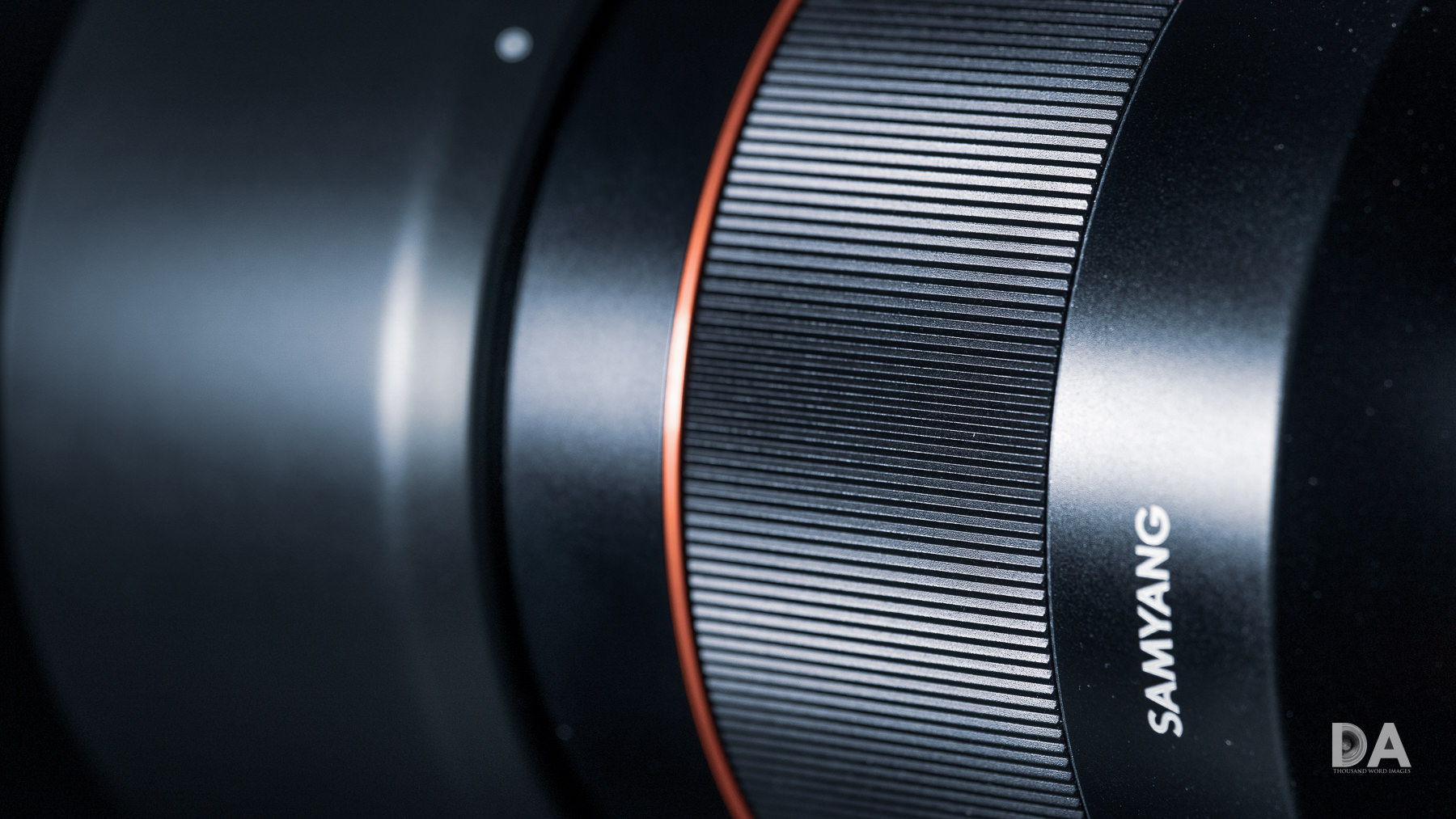
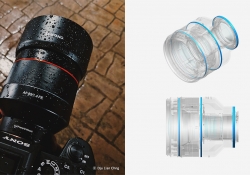
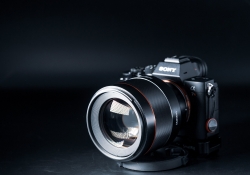
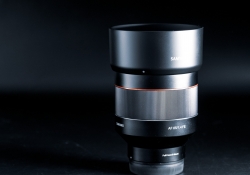
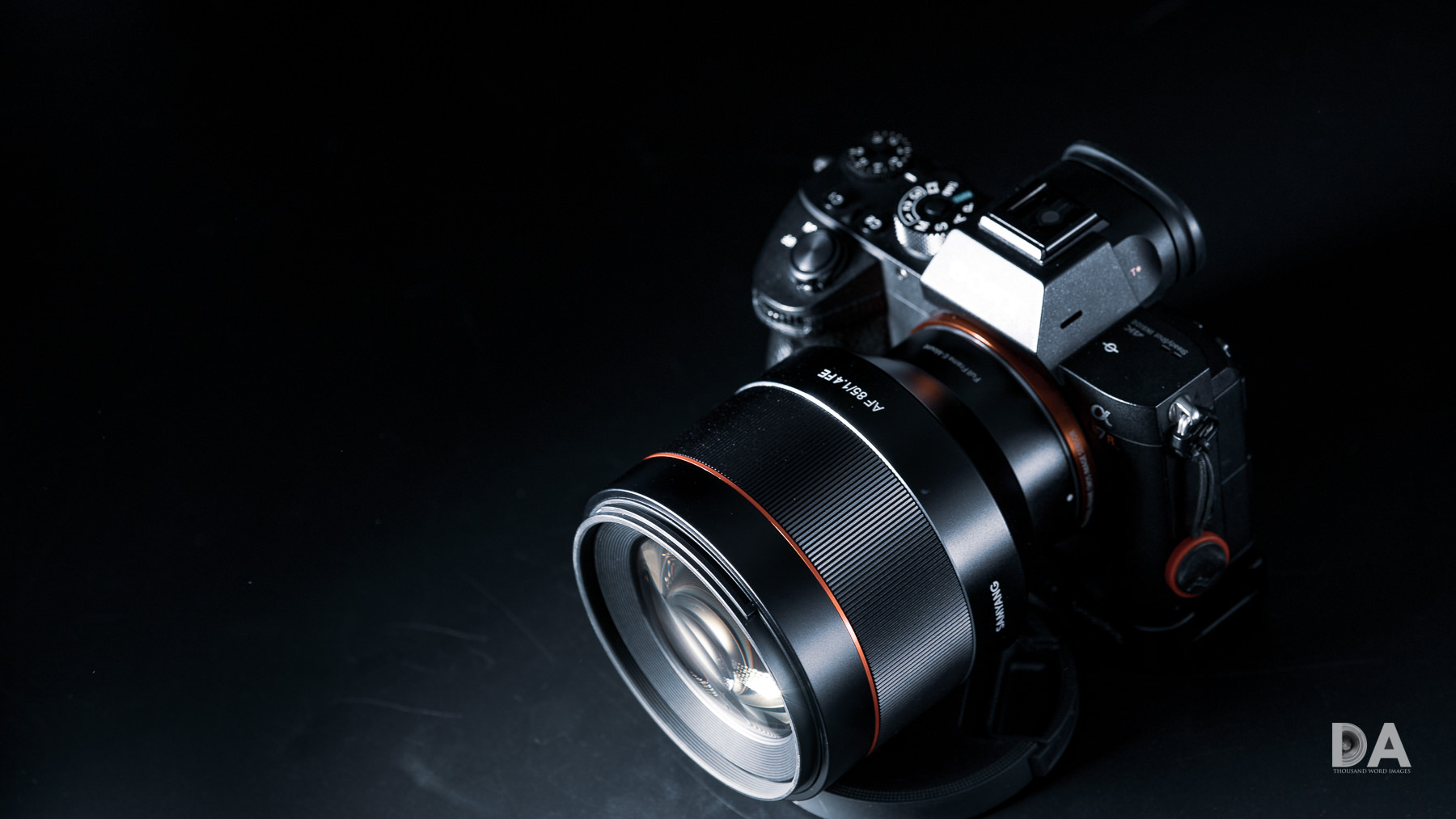

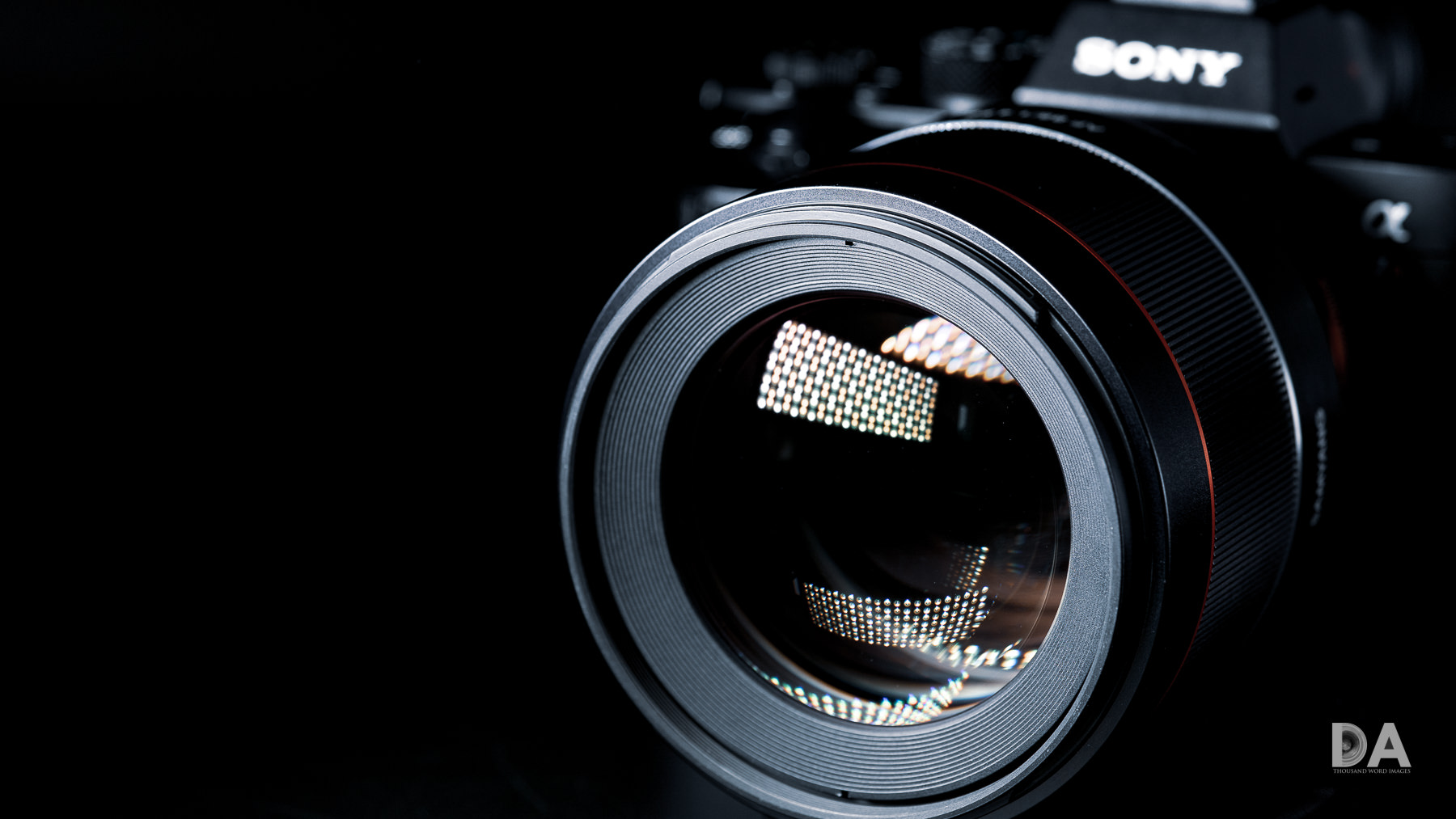

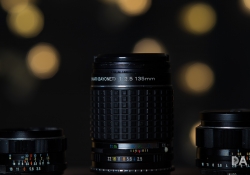
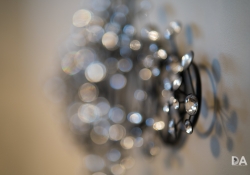
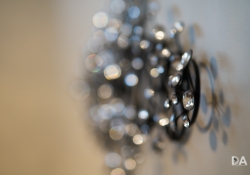



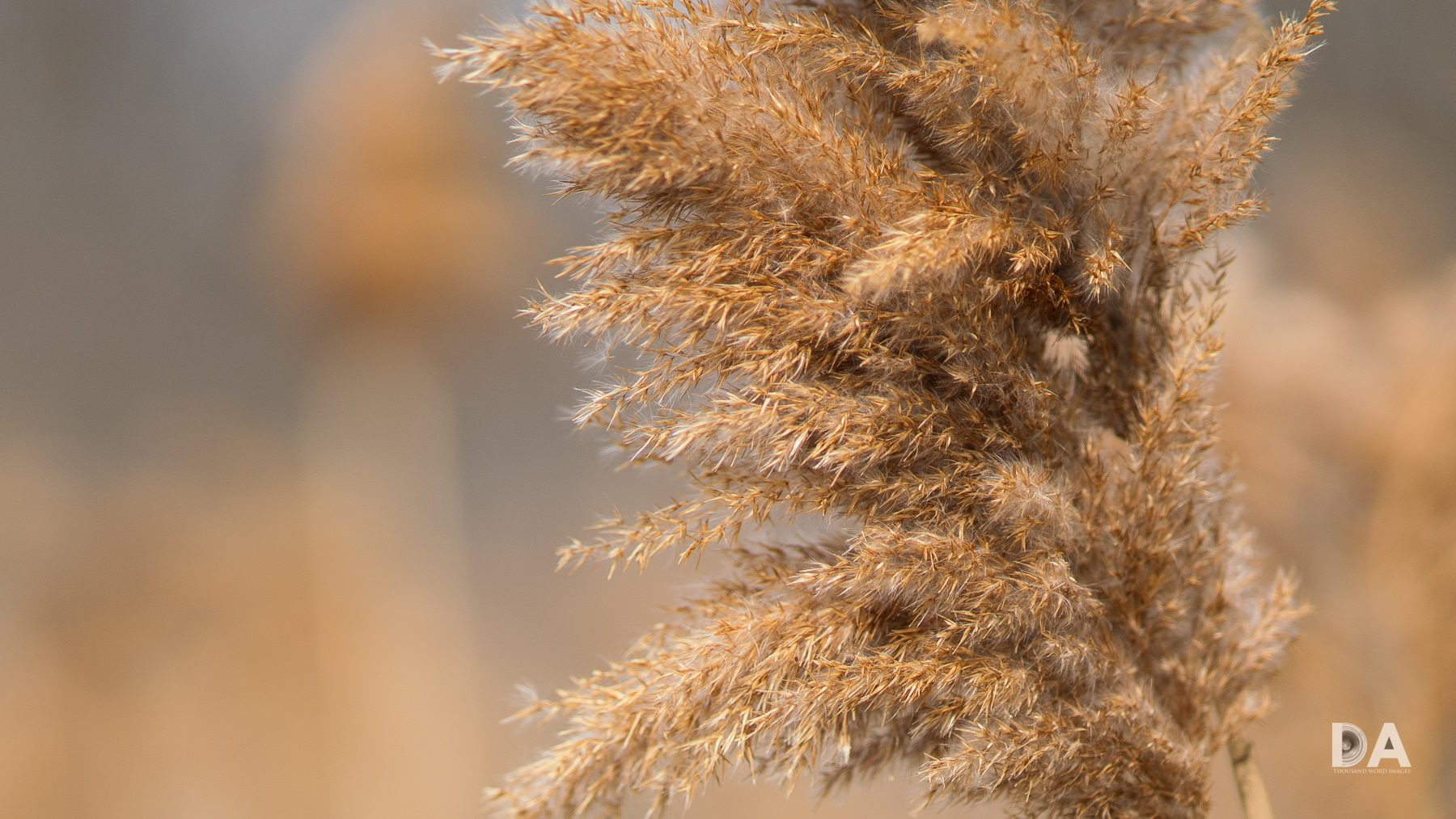


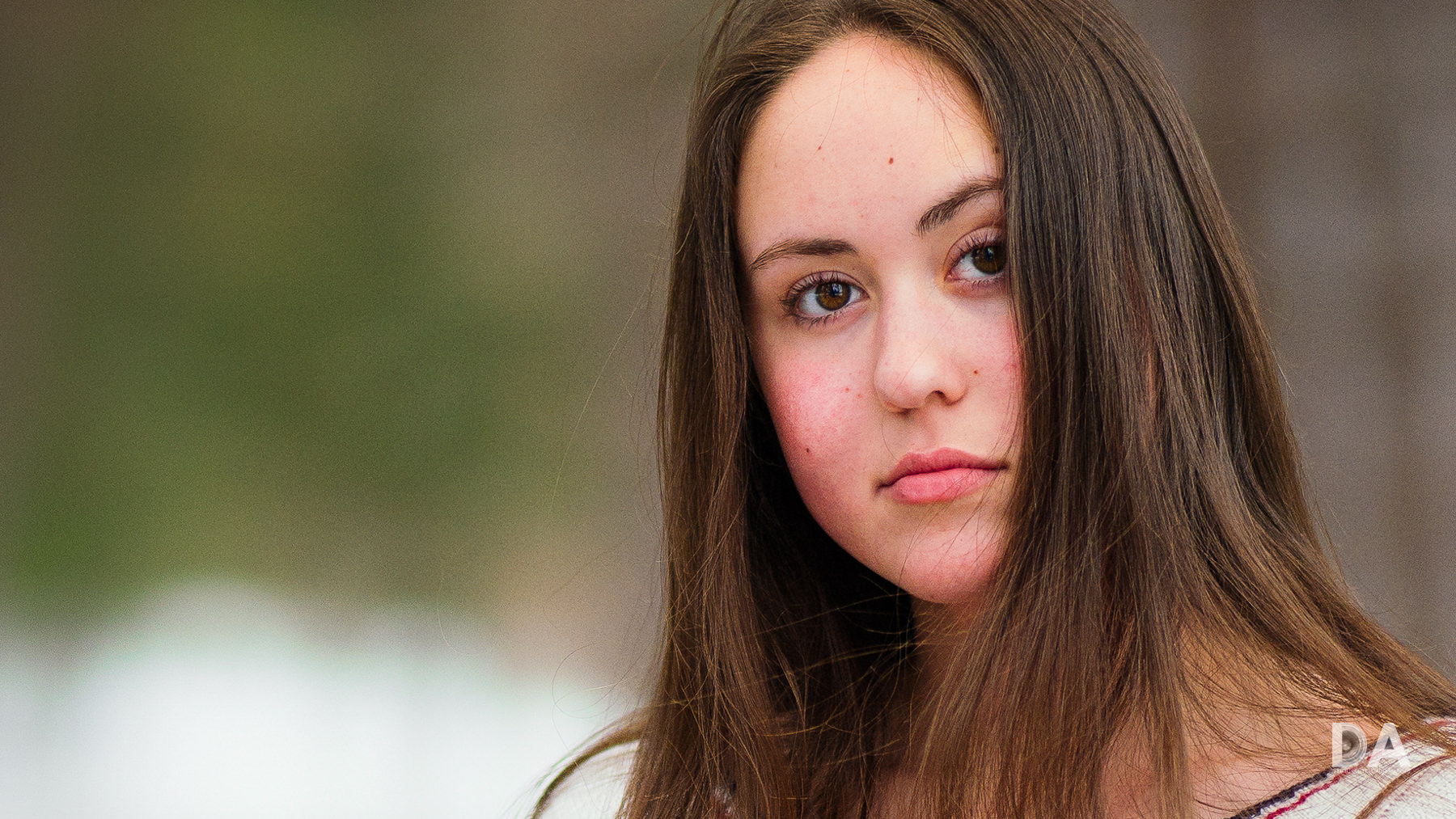







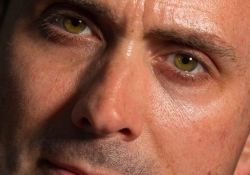
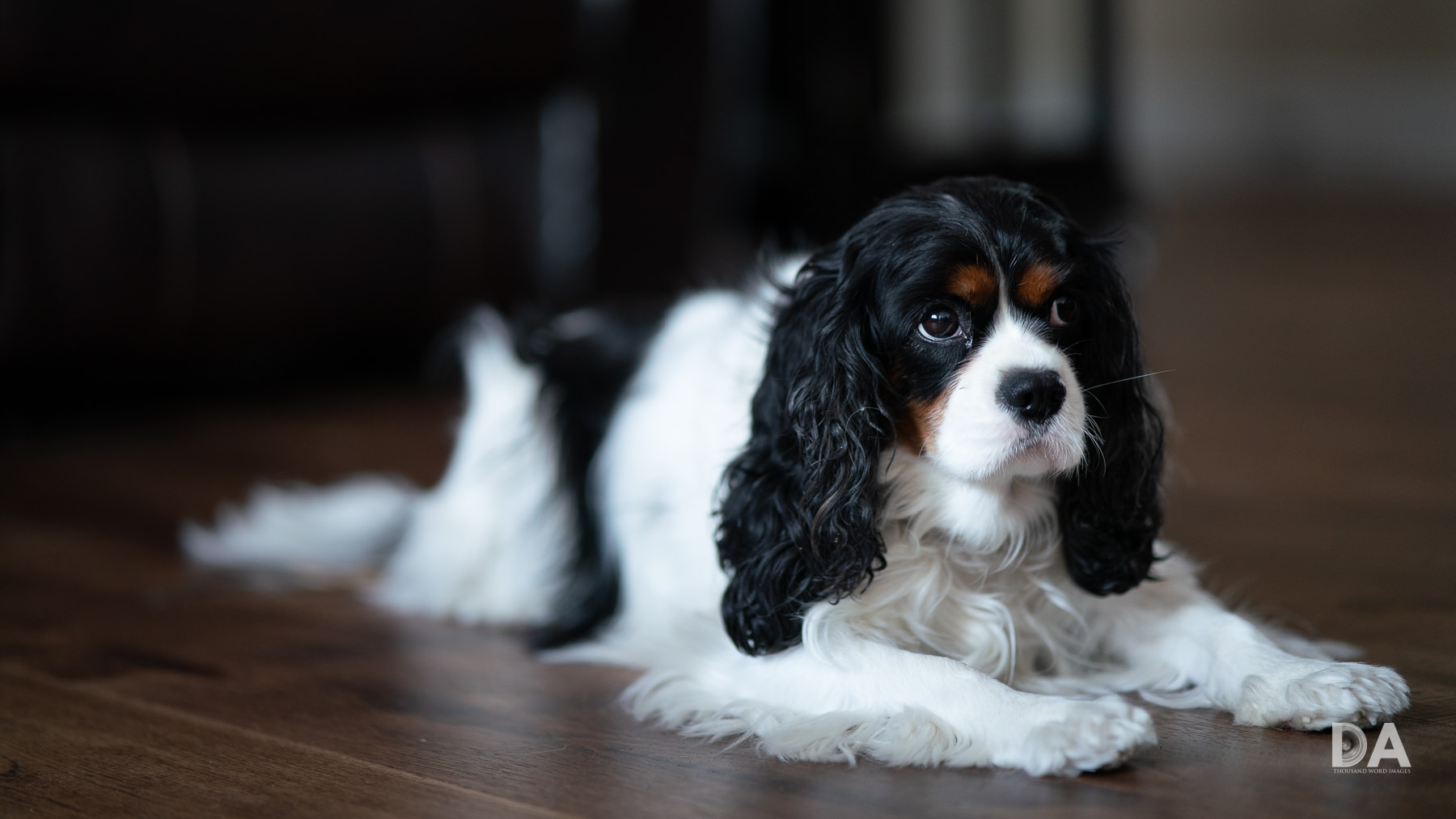
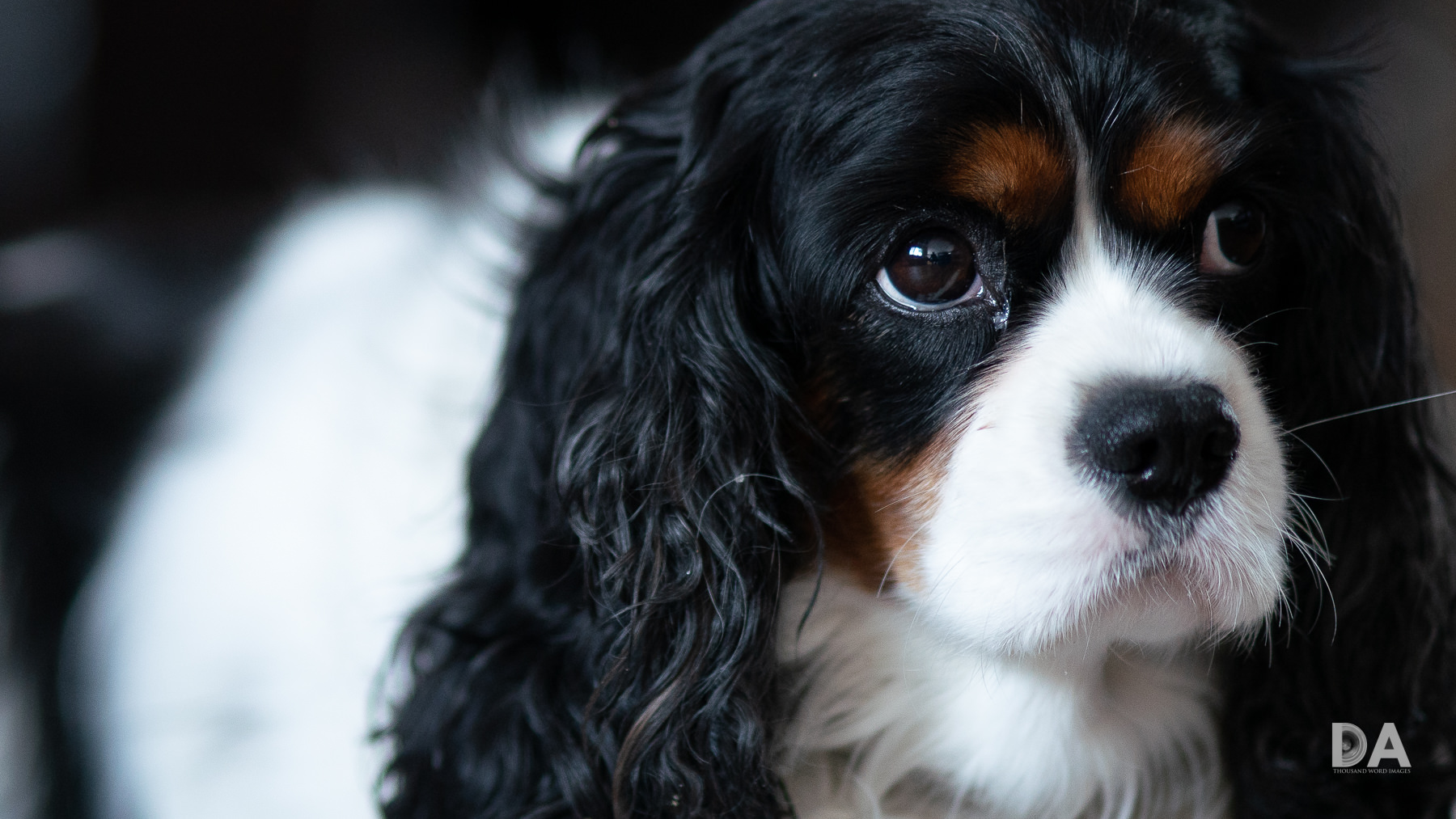
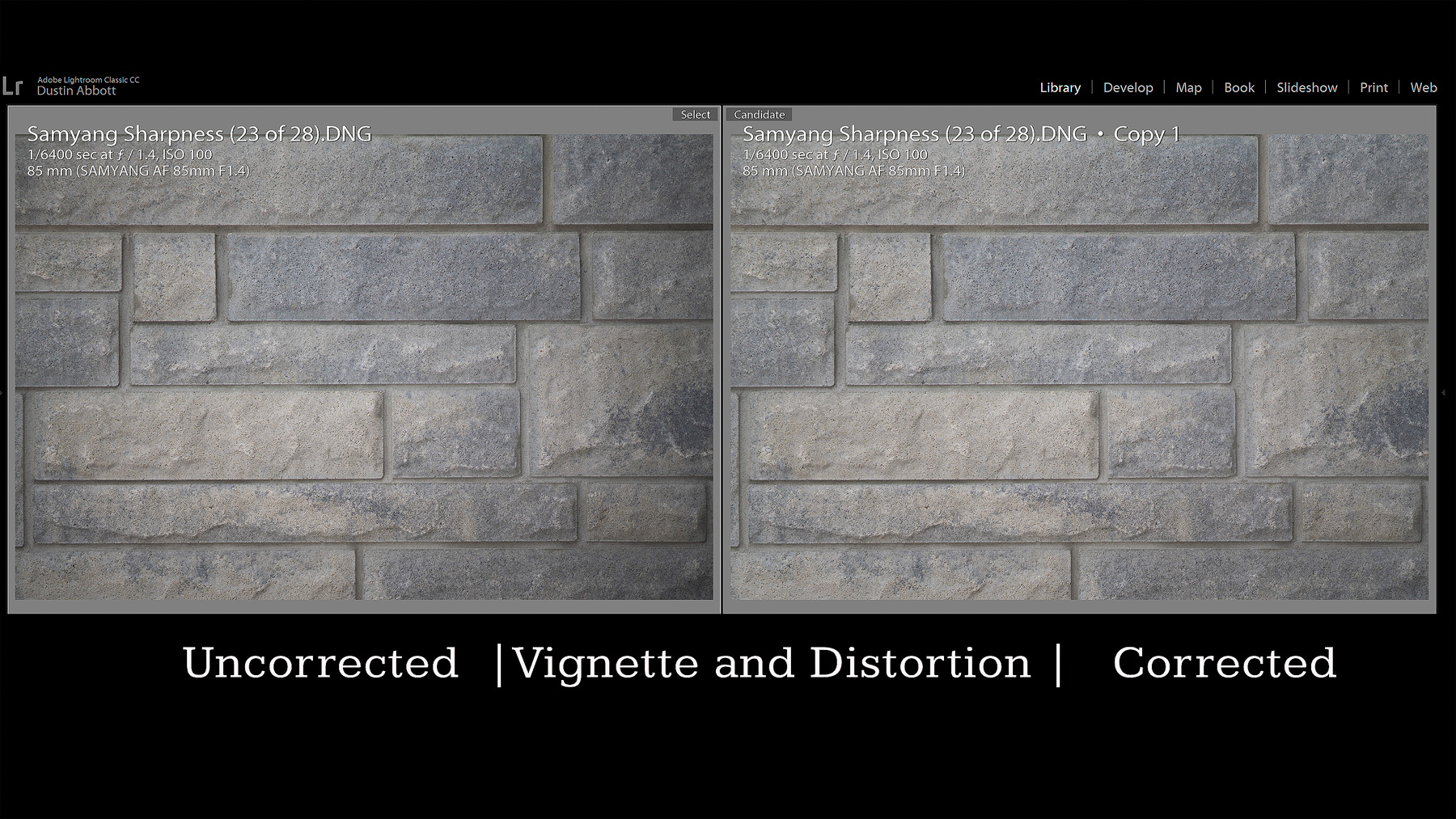





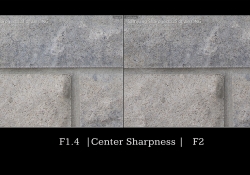
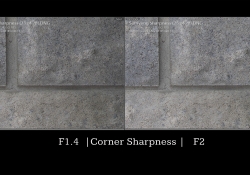

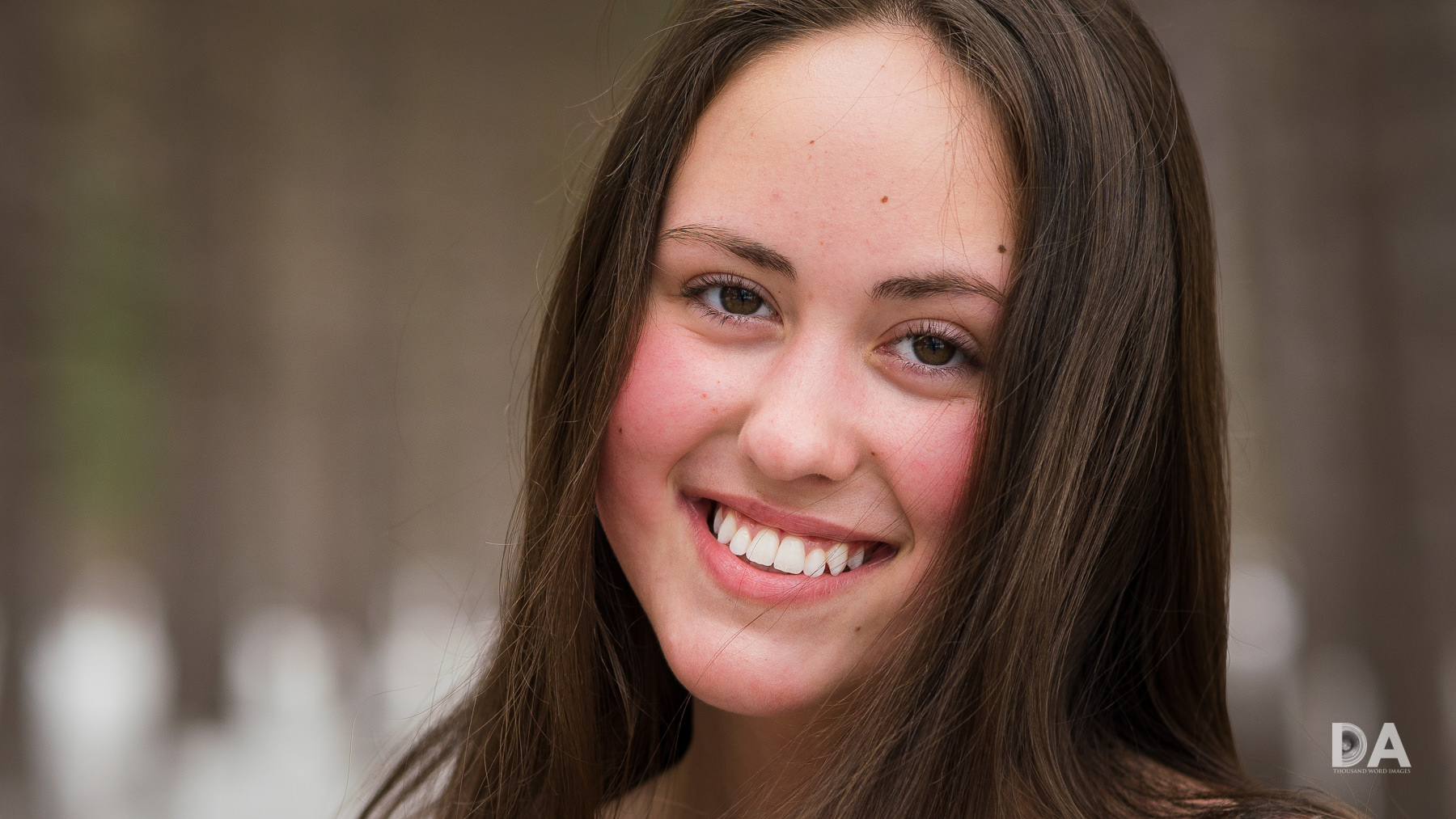






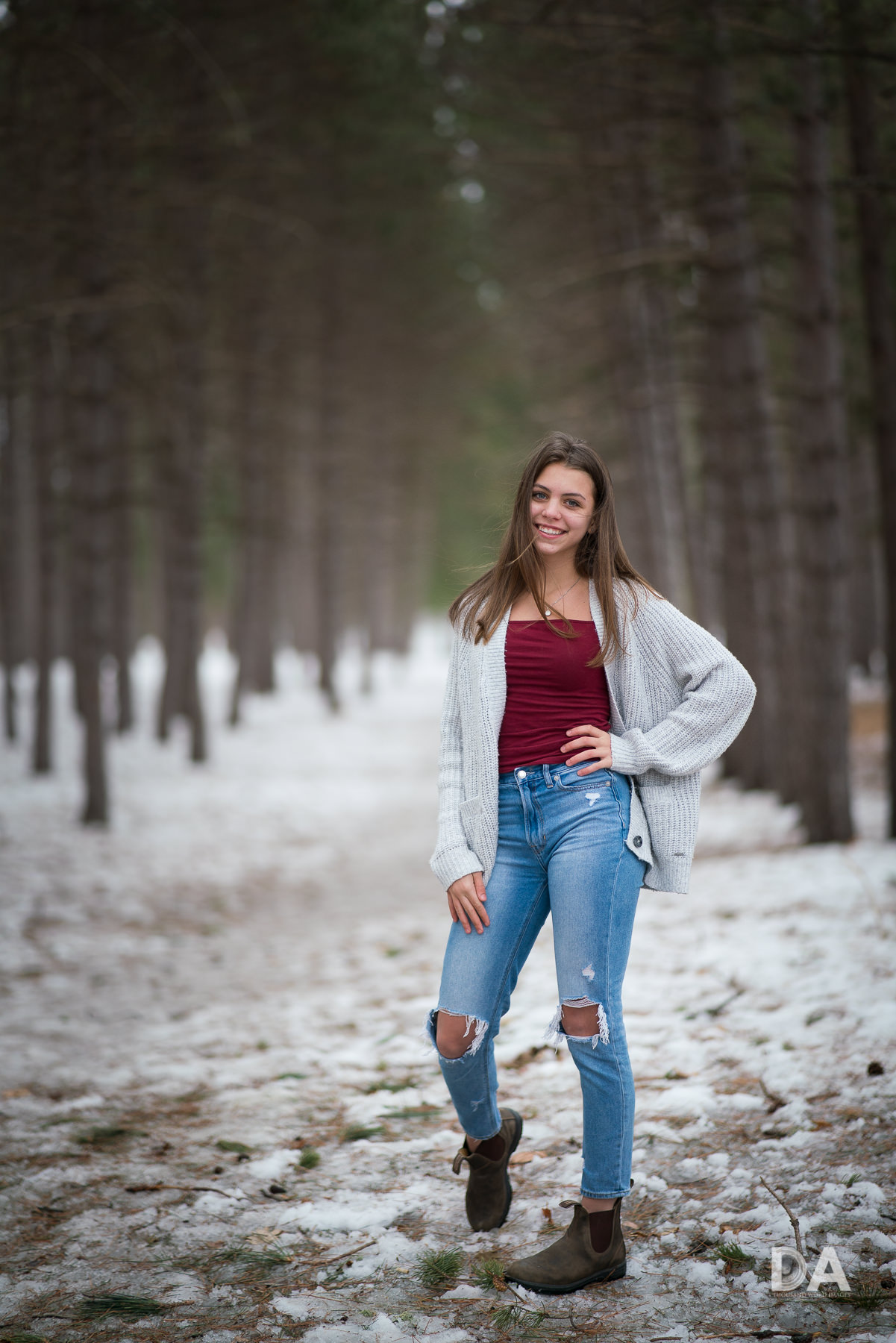

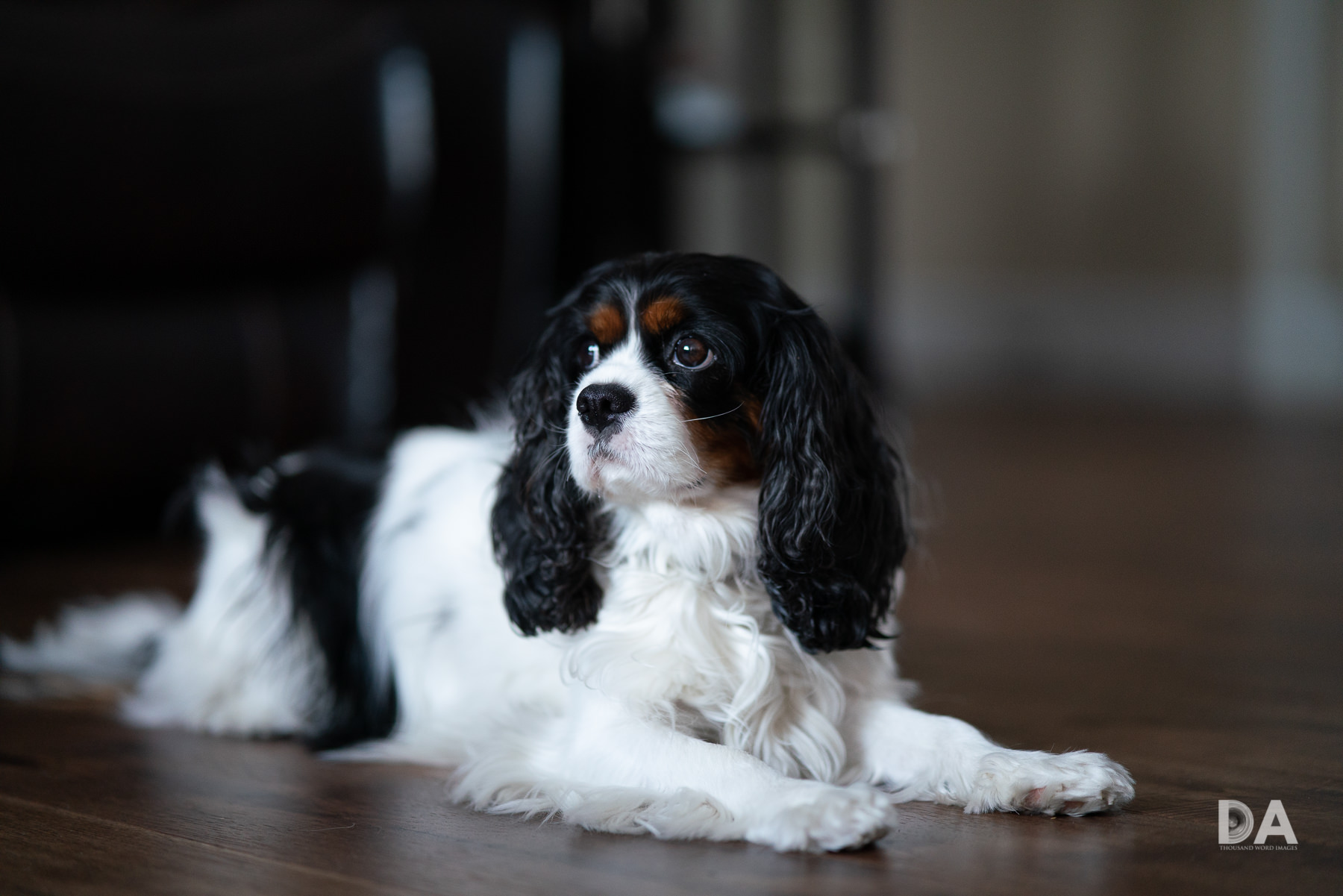
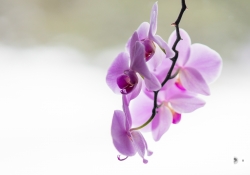














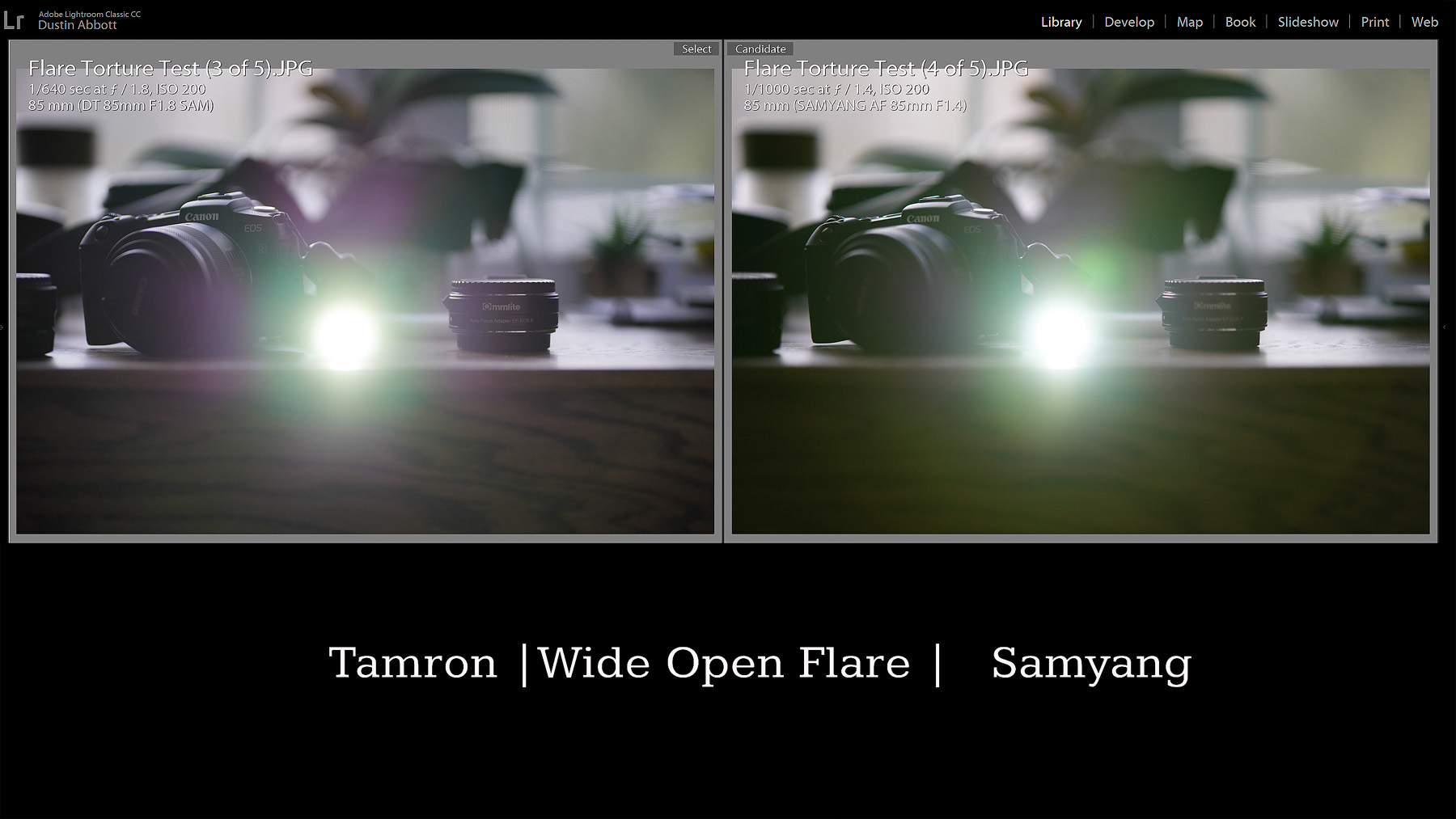
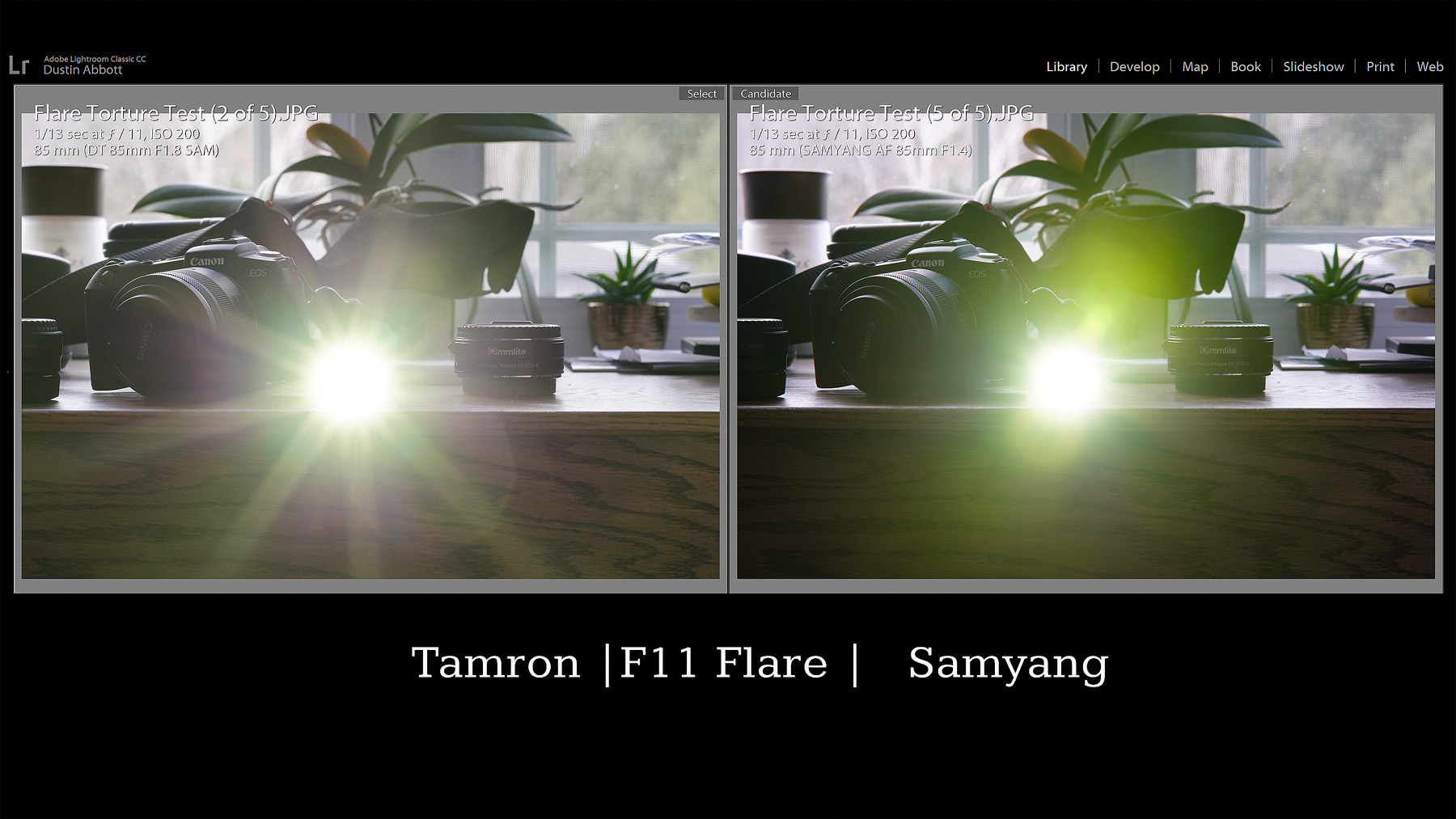

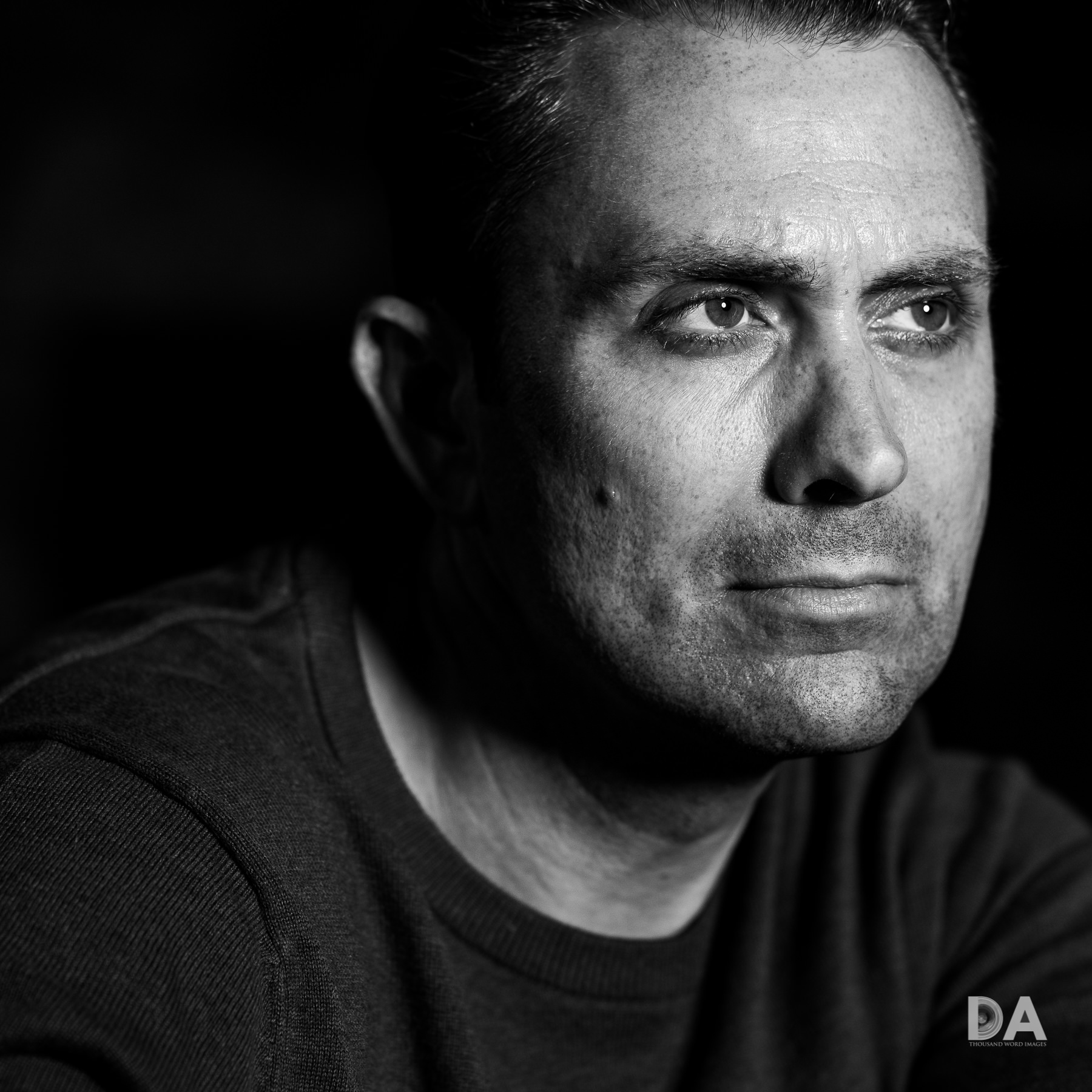




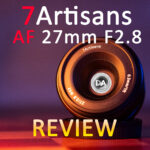 7Artisans AF 27mm F2.8 Review
7Artisans AF 27mm F2.8 Review  7Artisans AF 27mm F2.8 STM Gallery
7Artisans AF 27mm F2.8 STM Gallery  Canon RF 24-50mm F4.5-6.3 IS STM Review
Canon RF 24-50mm F4.5-6.3 IS STM Review 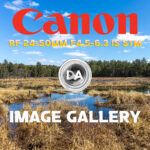 Canon RF 24-50mm F4.5-6.3 IS Gallery
Canon RF 24-50mm F4.5-6.3 IS Gallery 




